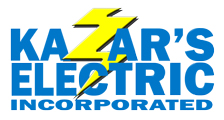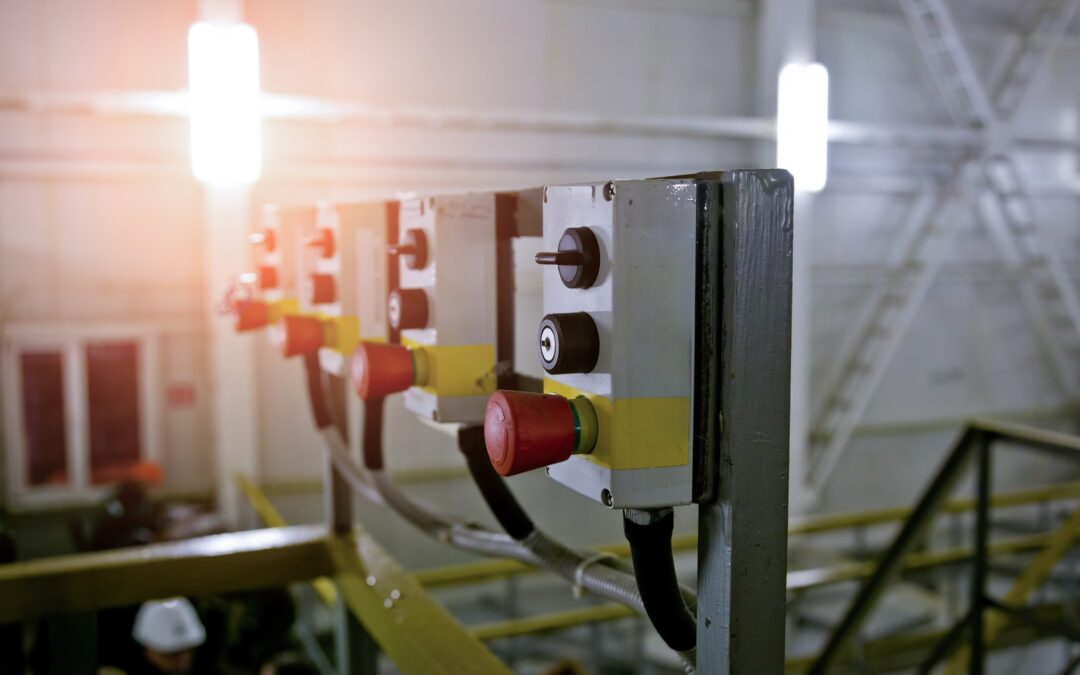Surge protection is important in managing electrical systems, particularly for commercial properties prone to voltage transients. These transients can result from various factors, such as lightning strikes, switching surges, or faults in the utility supply.
In Tampa, the frequent thunderstorms and the associated lightning activity show the need for proper surge protection solutions. By implementing advanced surge protection, businesses can protect their electrical infrastructure, optimize operational efficiency, and prevent costly damage to sensitive equipment.
Surge Protection Device (SPD) Fundamentals
Surge protection devices (SPDs) are designed to protect electrical systems by diverting excess voltage away from sensitive equipment. They operate by detecting surges and clamping the excess voltage to a safe level, thus preventing it from reaching connected devices. SPDs are categorized based on their installation location and intended application.
Whole-House Surge Protectors
Whole-house surge protectors are typically installed at the main electrical panel and offer comprehensive protection for the entire electrical system. These devices are designed to handle high-energy surges and protect all electrical circuits within a commercial property. They work by diverting surges directly to the ground, thereby shielding the entire system from potential damage.
Point-of-Use Surge Protectors
Installed at individual outlets or near specific devices, point-of-use surge protectors provide targeted protection. They protect critical equipment such as computers, servers, and high-value machinery. SPDs are often used in conjunction with whole-house protectors to provide a multi-layered defense strategy against surges.
SPDs are classified into Type 1 and Type 2 based on their application and installation location. Type 1 SPDs are designed for installation at a building’s service entrance. They are typically used for high-energy surge protection and are suited for handling direct lightning strikes and other external surge sources. Type 1 devices are generally installed between the utility service entrance and the main electrical panel.
Type 2 SPDs are installed at the distribution panel or subpanels within the building. They offer protection against lower-energy surges within the electrical system due to switching activities or internal faults. Type 2 devices complement Type 1 SPDs by providing additional protection at critical points within the electrical system.
Technical Considerations for Surge Protection
When selecting surge protection for commercial properties, consider the following:
Surge Protection Ratings
Surge protectors are rated based on their ability to handle surge energy, which is typically measured in kiloamperes (kA) or kilovolts (kV). The SPD’s rating should match the level of protection required for the specific application. For commercial applications in Tampa, selecting SPDs with higher ratings is advisable to account for frequent and high-energy surges.
Clamping Voltage
The clamping voltage of an SPD is the threshold at which the device begins to divert excess voltage. Lower clamping voltage indicates better protection, as the device will start clamping at a lower voltage level. For optimal protection, choose SPDs with a clamping voltage that is as low as possible while still meeting the operational requirements of your electrical system.
Response Time
The response time of an SPD refers to how quickly it can react to a surge. Faster response times result in better protection for sensitive equipment. Look for SPDs with rapid response times to keep your equipment shielded from even the briefest surges.
Maintenance and Testing
SPDs should be inspected periodically to verify their performance and replaced if necessary. Advanced systems may include diagnostic features that provide real-time status updates and alerts.
At Kazar’s Electric Inc., we offer specialized solutions tailored to commercial needs for optimal safety and efficiency with advanced SPDs, protecting your business infrastructure from damaging power surges in Tampa, FL. Contact us today!

